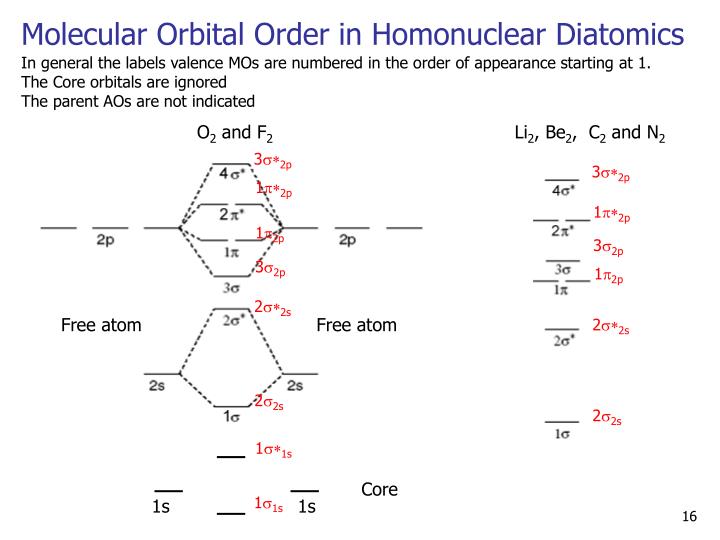

This is attained by minimizing the repulsive interactions. These electrostatic interactions significantly affect the energy of orbitals in different shells as well as within a shell.Īs mentioned earlier, the electrons in an atom distribute themselves such that the energy of the electronic system is the lowest. In a multiple-electron system besides this attractive force, there is repulsive force among electrons. This electronic cloud is held by the electrostatic force of attraction between electrons and its nucleus. Electrostatic interactionsīefore we get into the azimuthal quantum number, it is necessary to revise some basics on the atom.Īccording to the quantum mechanics model, an atom consists of a central positively charged nucleus and negatively charged electronic cloud. In the above figure, circular paths represent energy levels, not orbits. The energy of an orbital increases with the principal quantum number (or shell). The second is followed by the third (3s, 3p, and 3d), which is followed by the fourth, and so forth. The second has more energy and farther from the nucleus than the first. 1s is followed by the second shell, which consists of 2s and 2p. Thus, 1s is the lowest energy orbital and is the nearest to the nucleus.

The general rule is the energy increases with the principal quantum number and azimuthal quantum number however, there are some exceptions.Įach shell corresponds a value of the principal quantum number, which starts with n = 1. For example, l = 0 is the s orbital, l = 1 is the p orbital, l = 2 is the d orbital, l = 3 is the f orbital, and so on. The principal quantum number decides the size of the orbital (or the nuclear radius) while the azimuthal quantum number is responsible for different shapes of orbitals. The two quantum numbers play a vital role in deciding the energy of orbitals: the principal quantum number n and the azimuthal quantum number l. This is achieved by filling lower energy orbitals first. The electrons in an atom distribute themselves to reach the lowest possible energy to stabilize the electronic system. Electrons that are farther away from the nucleus will require a less amount of energy to free it than that are closer to the nucleus. As we move far from the nucleus, the energy of an electron increases. It is minimum (most negative) at zero radii and reaches zero at infinity. The negative sign indicates that we need to supply the energy to release an electron bounded to its nucleus. The energy of an electron is always expressed in negative values. The energy is absorbed when it ascends to a higher energy orbital. When an electron descends to a lower energy orbital, it emits electromagnetic radiation. An electron residing in a particular orbital has the same energy of that orbital. Thus, there are only selected energy levels available, which an electron can occupy. In a multiple-electron system, the shielding effect also influences the orbital's energy.Įnergies of orbitals are quantized as per quantum mechanics. The energy of an orbital depends on the shape and size of the orbital. Every atomic orbital is associated with a particular amount of energy.


 0 kommentar(er)
0 kommentar(er)
